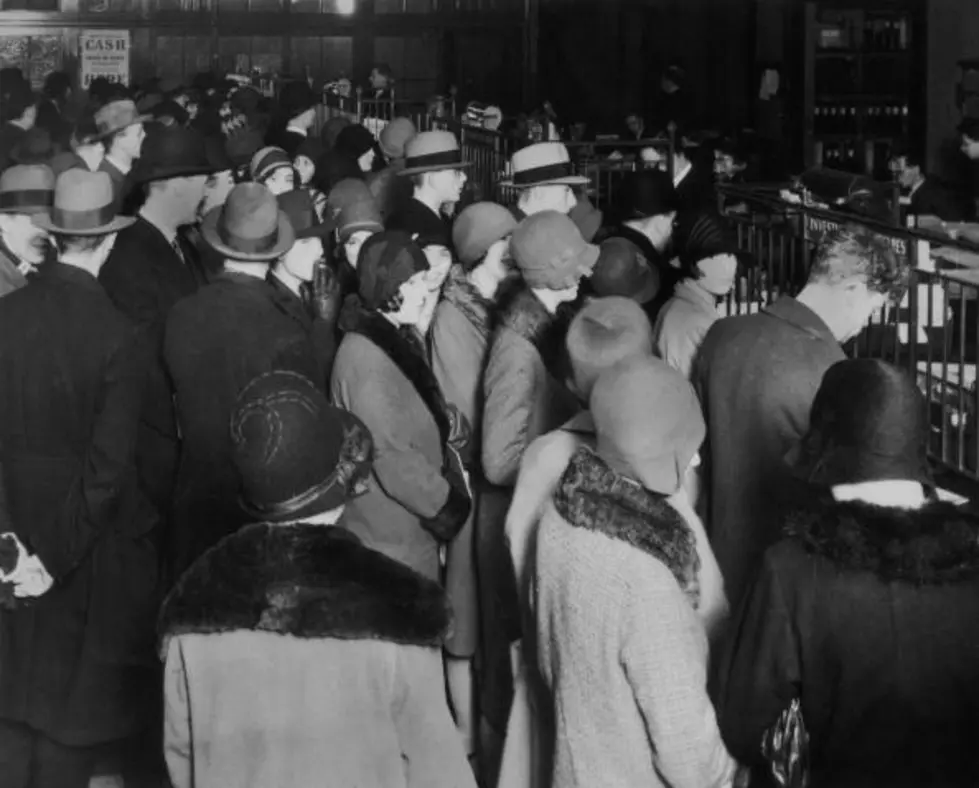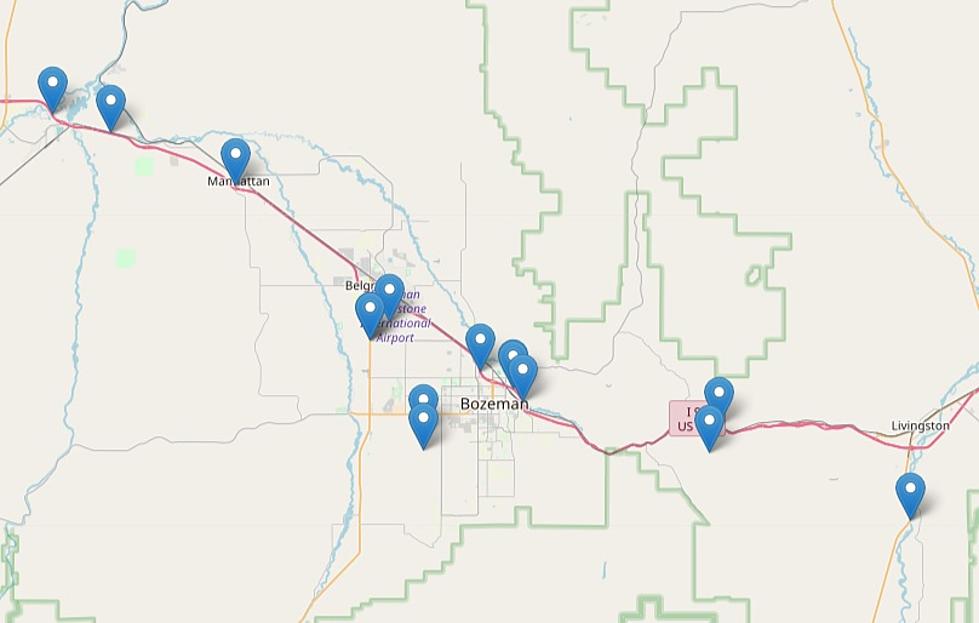
The 1929 Stock Market Crash
The “Roaring Twenties,” it was a period of history where excess and wealth was the order of the day. Speculation was becoming more popular because it seemed the market would rise indefinitely. The stock market had been on a nine year run increasing profits tenfold. The market peaked at 381.17 on September 3, 1929 just 26 days before the crash.
The Mini-Crash
It’s not as if the 1929 crash came out of nowhere. There were some warning signs of things to come. On March 25, 1929 there was a mini-crash after a large, rapid sell off of stocks exposing the possibility of a larger event. In order to protect investments Charles E. Mitchell, of National City Bank, provided $25 million to offset the massive slide the market was taking.
Unfortunately the downward spiral had already begun. Steel production was down, construction was slowing, car sales (yes there were cars in 1929), were down and consumers confident in there investments were running up high debts because of easy credit. Sound familiar?
Black Tuesday
The crash of 29 was also referred to as “Black Tuesday.” It was the most devastating market decline in the history of the US. Sixteen million shares were traded and the Dow went down by 30 points or 12%. The volume of stocks traded on October 29th set a record that would stand for more than 40 years. It was the beginning of the ten-year “Great Depression” that had a devastating effect on all Western industrialized countries.
The Smoot-Hawley Tariff Act
We see market drops today whenever the Federal Reserve threatens to stop buying bonds and increasing interest rates. A similar trigger in 1929 was the Smoot-Hawley Tariff Act that President Herbert Hoover threatened not to veto.
Smoot-Hawley was designed to increase the tariffs on imported goods to protect American workers and farm prices. The effects unfortunately helped neither.
Under Smoot-Hawley US imports decreased 66%, exports decreased 61% and the GDP (Gross Domestic Product) decreased 50%. Overall, world trade decreased 66% between 1929 and 1934.
FDR and The Reciprocal Trade Agreements Act
Franklin Roosevelt campaigned on lower tariffs in the 1932 election. He and the Democratic Congress passed the Reciprocal Trade Agreements Act of 1934. This act made two important changes. It allowed the president to negotiate tariff reductions when necessary on a bilateral basis and changed the agreements to legislation rather than treaties. Treaties required a two-thirds majority while legislation only requires a simple majority.
Some Final Thoughts
We are still learning lessons from the Great Depression and the Stock Market Crash of 1929. Bank and financial reform, tariff controls, taxes and government programs. I guess it would be safe to say that the more things change the more they stay the same. Markets still go up and down, recessions come and go but somehow we seem to be able to self correct just enough to keep from going completely off the rails. Will we someday have a repeat of 1929? We almost did in 2009.
More From KMMS-KPRK 1450 AM


![How to Watch the NASA Asteroid Crash [LIVE or VIDEO]](http://townsquare.media/site/13/files/2022/09/attachment-bryan-goff-KFCPopx2icU-unsplash.jpg?w=980&q=75)






